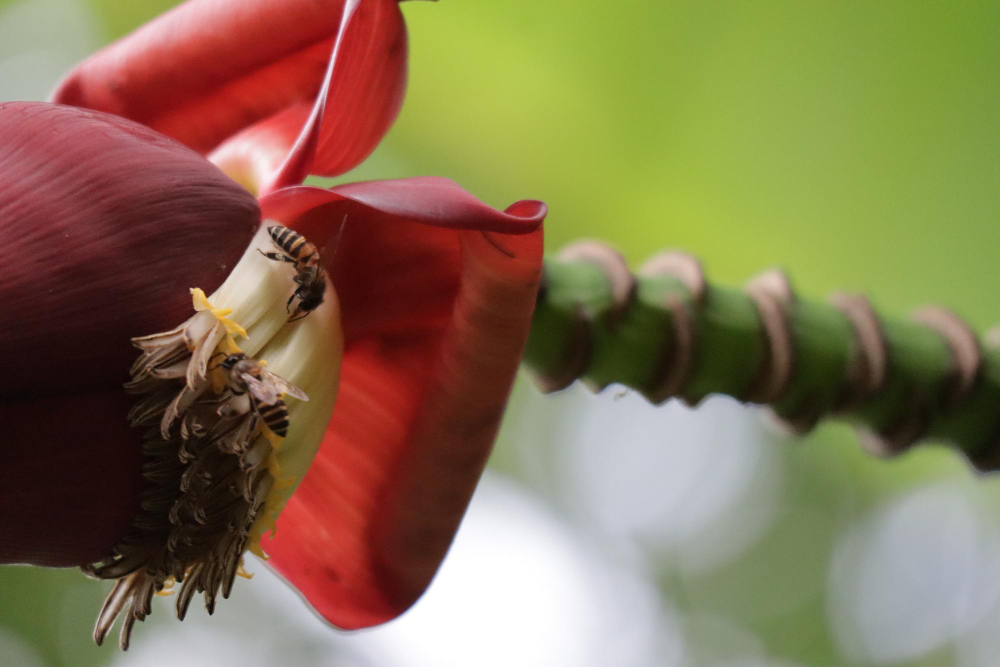Companion planting is a time-tested gardening approach that uses the natural benefits of certain plant combinations to enhance growth, deter pests, and improve pollination. By understanding which plants complement each other, gardeners can create a more sustainable and productive garden ecosystem. This guide will delve into strategic pairings that harness the power of companion crops for natural pest control and enhanced pollination, ensuring a healthier, more bountiful garden.
Understanding Companion Planting
Companion planting involves grouping plants that benefit each other while avoiding combinations that can be detrimental. For example, some plants can repel pests naturally, while others may improve growth or taste of their garden neighbors. This method not only reduces the need for chemical pesticides but also increases biodiversity in your garden.
Best Pairings for Pest Control
Certain plants emit substances from their roots or aerial parts that naturally repel pests, reducing the need for chemical interventions:
- Marigolds and Tomatoes: Marigolds are known to repel nematodes and other pests that target tomatoes, making them an excellent companion.
- Garlic and Roses: Planting garlic near roses can help deter aphids, which are common pests on rose bushes.
- Basil and Leafy Greens: Basil can help repel insects like mosquitoes and flies, which tend to damage leafy greens.
Promoting Pollination Through Companion Planting
Enhancing pollination is crucial for the production of many fruits and vegetables. Certain flowers can attract pollinators, thereby increasing the yield of the surrounding crops:
- Lavender and Fruit Trees: Lavender attracts bees and other pollinators, which are essential for the pollination of fruit trees.
- Sunflowers and Cucumbers: The tall stalks of sunflowers can act as natural trellises for climbing cucumbers, while their large flowers attract numerous pollinators.
Implementing Companion Planting in Your Garden
To effectively implement companion planting, plan your garden layout with the relationships between different plants in mind. Consider factors like:
- Spacing: Ensure each plant has enough space to thrive without overshadowing its companions.
- Timing: Plant companion plants at the same time or in a sequence that allows them to benefit each other right from the start.
Monitoring and Adjusting
As with any gardening technique, it’s important to monitor the effects of companion planting and adjust your strategy as needed. Some pairings may work better in certain climates or soil types, so experimentation and adaptation are key.
By strategically pairing companion crops, gardeners can harness natural methods to control pests and enhance pollination, leading to a healthier and more productive garden. This approach not only aligns with sustainable gardening practices but also promotes a balanced ecosystem right in your backyard.


Leave a Reply